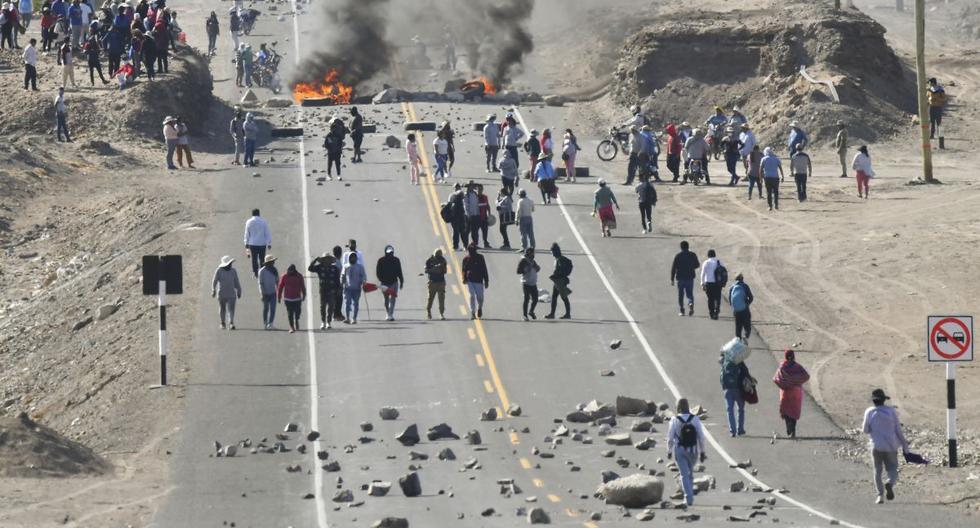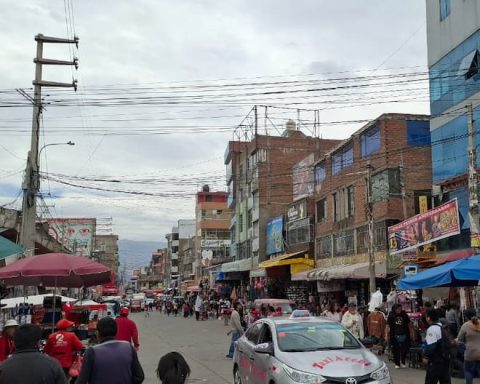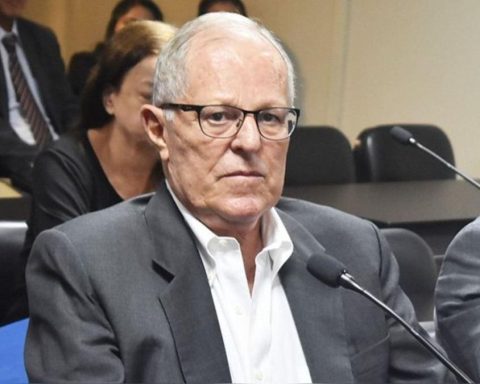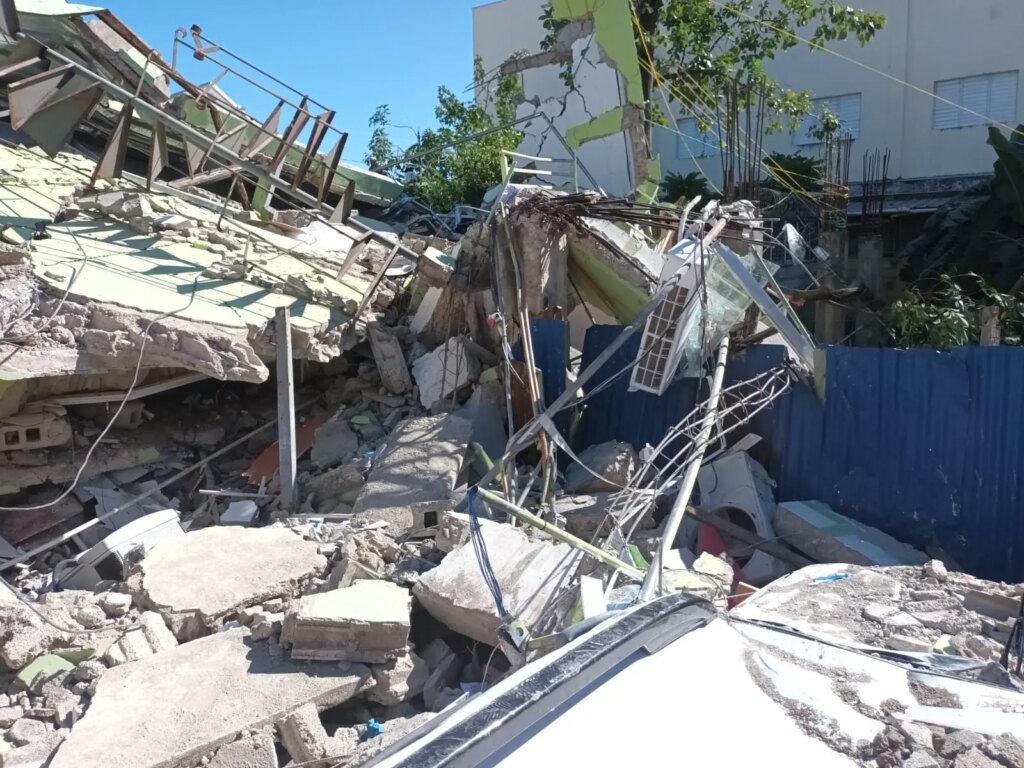The 2023 Global Risk Report of the World Economic Forum, with the support of Marsh McLennan and Zurich Insurance Group, revealed that in Peru the risk more worrisome is the collapse of the State, or also classified as “severe instability”.
According to Marsh Advisory, “the WEF defines this risk as the collapse of a state of global geopolitical importance as a result of internal conflict, military coup, breach of the rule of law or erosion of institutions. This directly affects the development of the private sector”.
In this regard, Mónica Acosta, leader of Marsh Advisory, points out that “political instability in a context like ours is a materialized risk that must be considered when reviewing compliance with company objectives. Therefore, an analysis of the consequential risks is necessary, so the report becomes an ideal tool to identify correlated risks and shield companies against difficult economic scenarios. This, added to other business strategies that could contemplate such as the implementation of business continuity management systems for crisis response or various policy options created for this type of scenario, such as political risk insurance, become essential for organizations at the national level.
The second risk The most important, according to the WEF, is the “digital inequality” among the population. Despite some specific efforts by the private and state sectors, there is still a notorious gap in access to the benefits of connectivity and technology, such as education, teleworking, information, and socialization throughout the country. All this because of the lack of investment, government restrictions, cultural differences, insufficient purchasing power, among others.
Look: Protests: Espinar businessmen are concerned about the violence
“Sustained inflation” is presented as another risk important for Peru, and ranks third on the list, increasing the cost of living and affecting the economic development of all sectors. Not only does purchasing power decrease, it also increases poverty levels and exacerbates its problems.
Followed by the fourth, the proliferation of illegal economic activity and potential violence, which delay and reduce the possibilities of economic advancement. These consequences occur due to organized crime or the illegal activities of companies, such as tax evasion, money counterfeiting, human trafficking and wildlife trafficking, among others.
The latest risk, however, is the “jobs and livelihoods crisis”, which involves declining job prospects and standards. According to INEI, the unemployment rate in Peru stood at 7.6% at the end of 2022. This problem includes stagnant wages, increased underemployment and unemployment, layoffs due to process automation, mismatches between labor supply and demand. , and the abuse of workers’ rights.
















